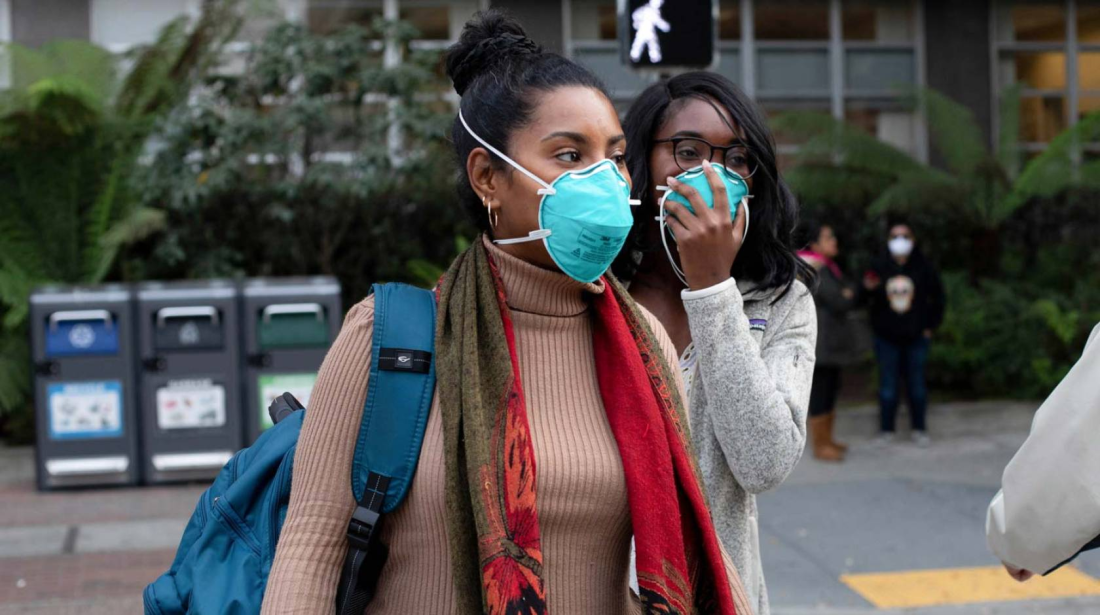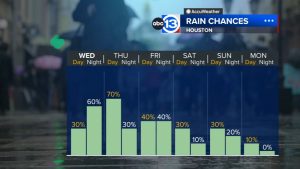
The Centers for Disease Control and Prevention (CDC) made a significant shift in its COVID-19 isolation recommendations on Friday, marking a departure from the longstanding guidelines. According to the updated guidance, individuals no longer need to isolate for five days after contracting the coronavirus. Instead, individuals should remain at home if they feel unwell but can resume normal activities once their symptoms improve, and they have been fever-free for at least 24 hours without the aid of fever-reducing medications.
This revision, described by the CDC as a move towards simplification and alignment with how society now navigates life with COVID, comes amid a landscape where the virus remains present, albeit with diminishing threat levels due to widespread immunity from prior infections and vaccinations. The agency’s updated recommendations reflect a shift towards treating COVID infections akin to other respiratory illnesses, despite the distinct characteristics of the novel coronavirus.
Public health experts have largely supported the CDC’s decision, which represents the first major alteration to the isolation guidance since its reduction from ten days to five in late 2021. The move towards simplification has been underscored by a recognition of the evolving public perception of COVID and the widespread adoption of alternative approaches to managing the virus.
The CDC’s new guidelines also acknowledge the evolving understanding of COVID transmission dynamics, including the recognition that asymptomatic carriers may unknowingly spread the virus. However, it’s important to note that the CDC has retained longer isolation recommendations for healthcare and nursing-home workers.
While the new guidance aims to streamline recommendations and align with societal norms, concerns have been raised regarding its implementation and potential ramifications. Critics argue that the revised guidelines may place undue burden on individuals to make informed decisions about their health, particularly in the absence of widespread testing. Additionally, some public health experts caution against conflating COVID with other respiratory infections, emphasizing the unique risks posed by the virus.
Nevertheless, the CDC maintains that the updated guidance represents a balanced approach, considering both the burden and benefits of isolation measures. As society continues to adapt to the ongoing presence of COVID, the agency emphasizes the importance of protecting vulnerable populations and advocating for preventive measures such as vaccinations and booster shots.
The CDC’s latest directive signifies a shift towards a pan-respiratory approach to managing COVID and other respiratory illnesses, reflecting an ongoing evolution in public health strategies aimed at mitigating the impact of the pandemic while adapting to changing societal norms and scientific understanding.









